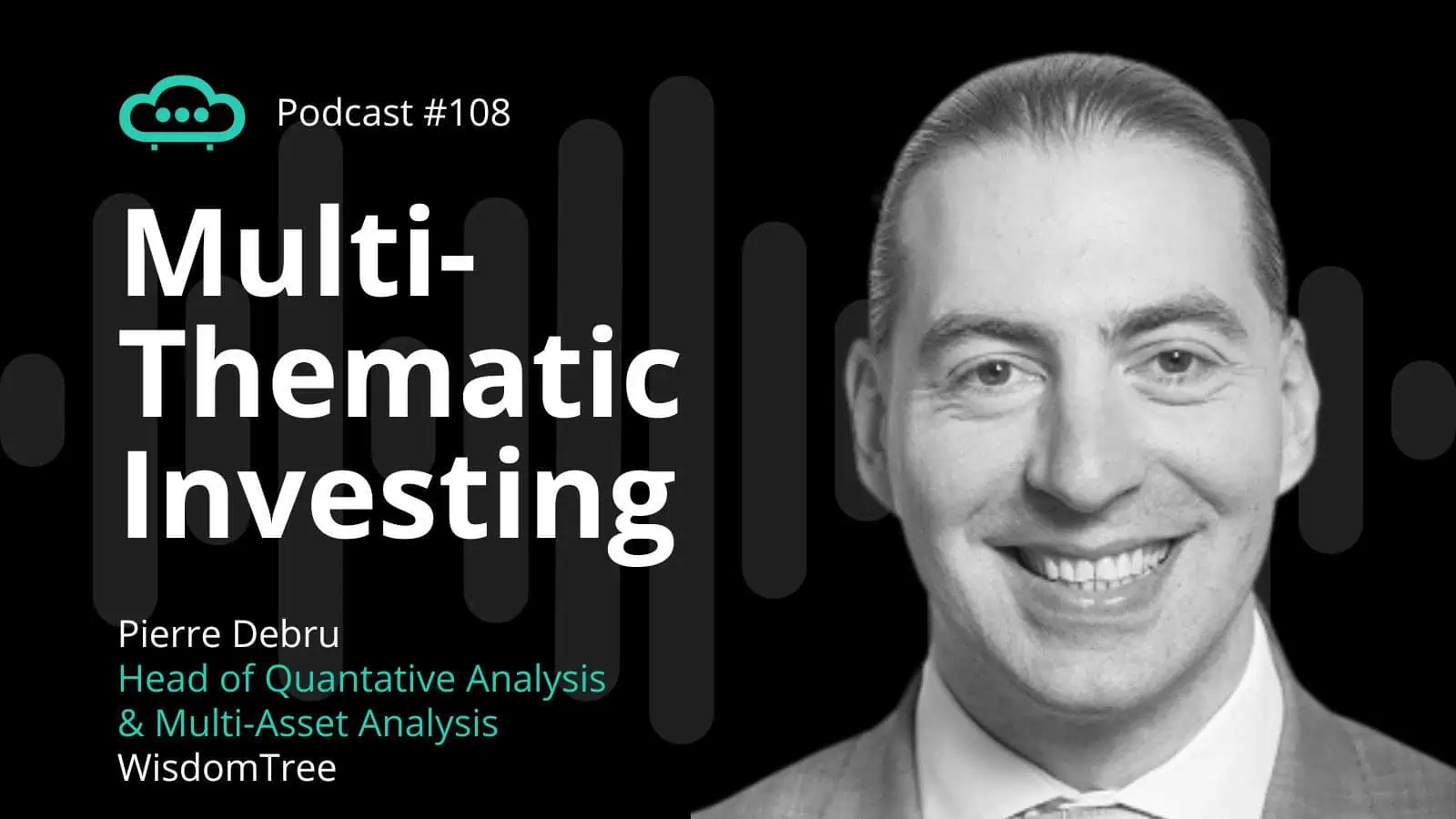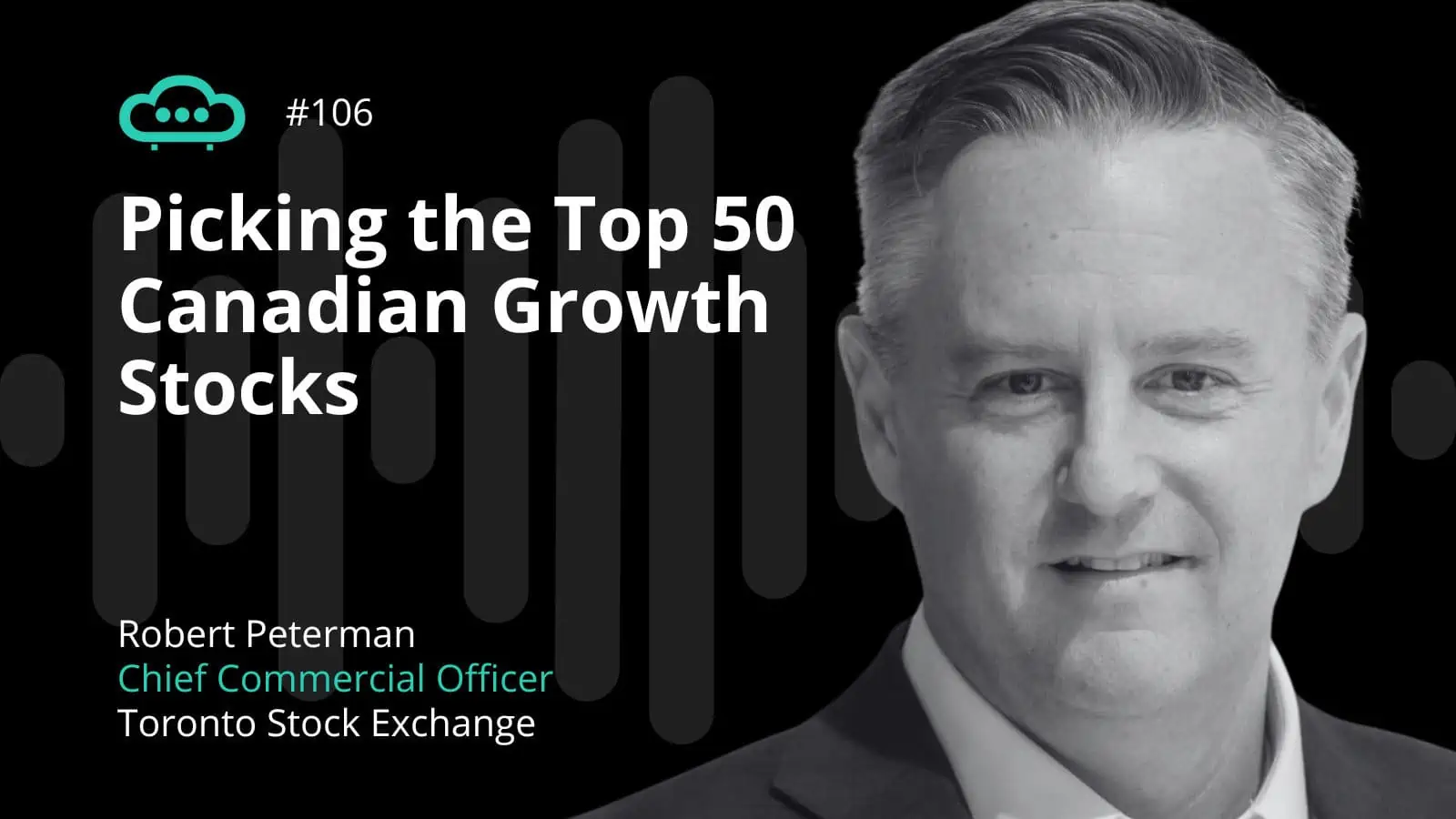Mogo is a digital lender and banking app that represents the next generation phone-based banking solution for Canadians. It is the leading non-bank financial app in Canada and well positioned in its local market to capitalize on the shift away from traditional banking habits and relationships, especially for the younger borrower.
Mogo specializes in lending products including mortgages with a strong emphasis on transparent, easy to use serves that help Canadians to look after their financial health. Unlike traditional banks, it does not rely on monthly account fees and there is no risk of overdraft charges or hidden interest fees. It is a refreshingly transparent approach to modern banking.
Mogo has demonstrated its ability to win business from millennials, who compose 65% of its 2019 customer base. This is essential for its future growth. In Q3 2019 it reported 925,000 members, which is a 30% year on year gain.
The digital banking and investment revolution
It is our belief that the new generation of banking customers are not going to be wedded to the traditional banking relationships of their parents and grandparents and will consider the digital alternatives that suit them and their lifestyles. It represents a unique way to access the growth in digital banking as other players are private.
Many banks are closing their bricks and mortar high street branches in cost cutting measures that have been relentless since the Global Financial Crisis. This, combined with technology like the proliferation of the smart phone, has created the opportunity for the challenger brands like Mogo.
Mogo is operating in the Canadian banking market where there is less competition from fintechs than in Europe. It has invested more than C$200 million to date in R&D in a platform which is increasingly looking like a must have for competitor banks.
Why banks need to play catch up?
Mogo is competing in a market which is divided up between some traditional banking brands and a range of credit unions. The Canadian retail banking market is dominated by a clutch of five venerable banks that have been operational for an average of 100 years. Many of these names are playing catch up from a relatively conservative base, both in terms of their technical operations and their client base. This is especially the case with the Canadian credit unions.
Mogo is competing against these names using marketing tactics and branding which many of them have yet to fully grasp. We think this will make it an interesting investment or acquisition target for one or more established players that want to leapfrog ahead of the competition.
ING Direct Canada was acquired by local institution Scotiabank for C$3.5 billion when it reached a customer base of 1.8m. Mogo currently has 925,000 customers (or members as it calls them). While it still has some way to go to reach ING Direct’s market position, based on current growth assumptions (30% yoy in the last set of results), it will become an attractive prospect within the short term.
Is Mogo the Canadian Monzo?
UK investors will be tempted to compare Mogo with Monzo, but the two are operating in quite different markets. Mogo faces less competition in its domestic market and also has a much lower cost of acquisition per client than Monzo ($120 vs $1700). This is partly thanks to Mogo’s innovative C$300 million marketing partnership. Adjusting for the smaller Canadian population (38m), Mogo’s implied valuation would be C$1000/member, or x10 that of Monzo. Mogo is also generating C$74 revenue per member vs Mono’s C$16 per member. Monzo was crowdfunded while Mogo is already listed on the TSX and NASDAQ (IPO June 2015) and is not burning through investor cash.
Behind the numbers
Mogo has several key competitive elements which we like, and which has made it the leading financial app in Canada by a considerable margin. Firstly, it is not restricting itself to vanilla payment and banking solutions. It is broadening the menu of services it offers to Canadians, especially lending, which is the primary contributor to its revenues.
We believe consumers would prefer to optimize their banking relationships in the future, buying more financial services from one provider rather than having to constantly shop around. Mogo has invested money and thought into developing a product that makes banking and borrowing easier for the user to understand and successfully analyse.
The second key factor is the cost of acquisition. This will be critical for the future success of any digital financial services platform. While automation in the back office can save money and reduce costs, it does not help a brand to acquire more business.
Mogo has the advantage of a relatively low cost of acquisition so far, despite its growth numbers. If it can continue to keep that low compared with some other brands, yet maintain growth rates, within the key Canadian millennial segment, this will make it a valuable target.
Other factors
Mogo is also ahead of a new wave in financial behavior, namely ‘mindful spending’, awareness on the part of consumers of how much over-consumption is contributing to the environmental crisis. Its apps are now helping its members to focus on these issues and monitor their spending from a more ethically-aware perspective.
Shares broke US$6 on NASDAQ in December 2017 but have not been able to return to that peak since. They have received a significant boost since April however and have almost doubled in value. Several investment banks have target prices in place of approximately C$10 (US$7.50 approx) and Canaccord Genuity has a fair value price in place of C$7.25 (US$5.48 approx).
The fundamentals support more upside if Mogo can continue to provide solid growth numbers, but its real value is going to be the price a potential acquirer will pay for it.
Final thoughts
The fundamentals behind Mogo contribute to a solid growth profile. Significant entrepreneurial money remains invested in the company and the management team is highly experienced in running grown up financial services operations, which is what you need to survive in this business. Mogo has been in operation since 2003 and has matured as a business over that time, only listing in 2015.
Note: Readers should be aware that the data on the Mogo share price available via Google outside North America is not currently correct prior to the Mogo listing in 2015. The data prior to 2015 is being confused with a different company that has no relation to Mogo. Readers are encouraged to seek out alternative data sources.











